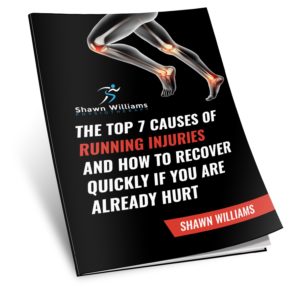Should I stretch before or after running?
Many people come to their first physiotherapy appointment and state things like, “I am always so careful, should I stretch before or after running” or “I probably just need to stretch more.”
It is a common belief that stretching before and after a workout will reduce your risk of injury, reduce your soreness after vigorous exercise and improve your flexibility.
However, the truth is that stretching and its effects are not that well understood by exercise professionals. This posts provides an overview of what stretching is and how to do it effectively to help answer the common question should I stretch before or after running.
To begin, there are many different kinds of stretches:
- Static
stretching – A muscle or group of muscles are lengthened to the extent of mild
discomfort, and held there for 15 to 60 seconds.- Active
static stretching – The muscle stretch is achieved by contracting the opposing
muscle group.
- Passive
static stretching – Some kind of external assistance, such as another person or
a belt, is used to achieve the stretch.
- Active
- Dynamic
stretching – A muscle group is actively moved throughout its range of motion,
gradually increasing the range of the movement. - Ballistic
stretching – Repeated bouncing movements are used to produce momentum that move
the muscles into the stretch. - Proprioceptive Neuromuscular Facilitation (PNF) stretching – There are a few different types
of PNF stretching, though they generally involve a contraction of a muscle group followed by a static stretch of the same
muscle group.
So how can you stretch effectively?
A dynamic, activity-specific stretch is best pre-exercise. Static stretching can make you weaker and slower because it
stretches the cross bridges within the muscle fibers, putting them too far apart to function properly.
Therefore, the best thing to do before most forms ofphysical activity is dynamic stretches that are tailored to the type of
exercise you are doing. For example, if you are going for a jog or run, the best pre-workout stretches include brisk walking, butt kicks and high knees.
The best time for a static stretch is after physical activity when the muscles are warm and pliant. Exercise causes repeated muscles contractions, meaning they are shortening over and over again.
Some research supports the theory that if you do not stretch them after a workout, they may remain in that shortened state. This can limit your range of motion, and put you at risk for injury.
Additionally, research has shown that stretching reduces next-day muscle soreness by a small amount. Lastly, post-workout stretching is a good way to cool down following a workout, bringing down your breathing and heart rate.
If you are currently in pain that you believe is due to poor stretching habits, learn how we can help by sending us an email, or giving us a call or text at 416-660-4187. If you want to download my free report to find out more about cause of running injuries click this link: The Top 7 Causes Of Running Injuries And How To Recover Quickly If You Are Already Hurt




